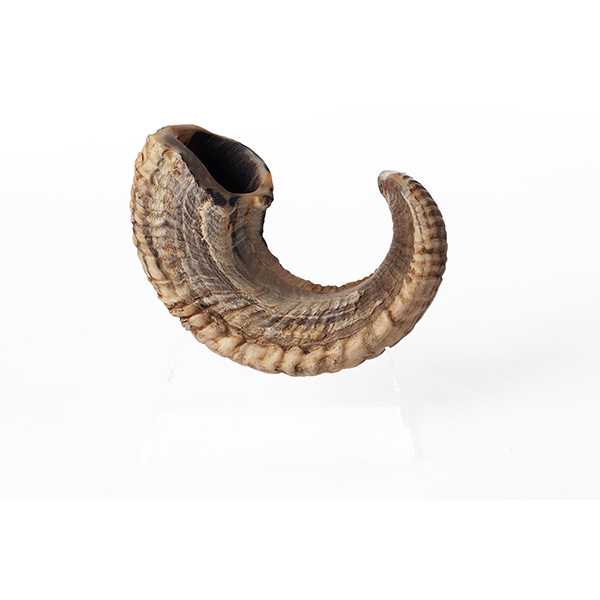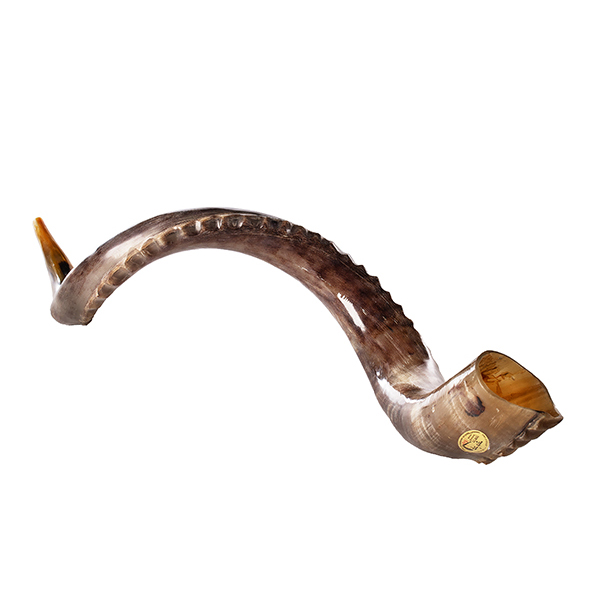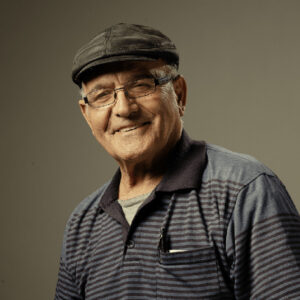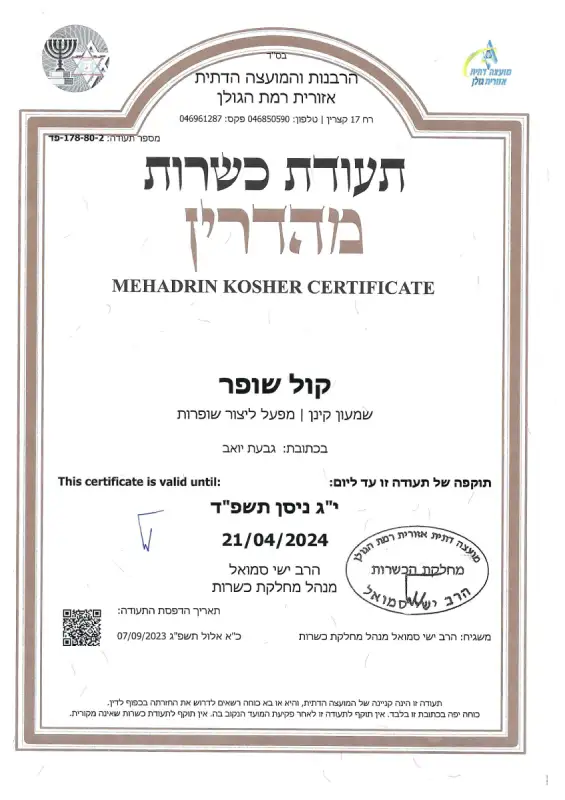- 04-6763307
- 052-800-8485
- פקס 04-6762144
- מושב גבעת יואב, רמת הגולן 12946
Home » Information about the Shofar » Types of Shofars
Home » Information about the Shofar » Types of Shofars
Different Types Of Shofars How To Make A Shofar? Where do the horns come from? How many types are there? And is there a difference in sound? Let’s put things in order
All horns we use for making Shofars are a by-product of animal flesh eating The great bulk of ram’s horns comes from Morocco, after Eid al-Adha (Festival of the Sacrifice), when it is customary for each family to feast on lamb meat or donate it to the poor. Animals are not raised or slaughtered for their horns.
האיל הוא כבש בוגר (להבדיל מהאייל ששייך למשפחת הצבאים), ואנו מצווים לתקוע בקרנו מלכתחילה, כלומר שופר איל זו צריכה להיות הבחירה הראשונה. The use of the ram’s horn originates in the story of the Binding of Isaac, when Abraham bound the ram caught in the thicket instead of his eldest son. Most congregations and synagogues nowadays use this type of Shofar.
The most common Shofar, with a long, straightened handle. Due to a relatively long drill hole, it has a high and sharp tone.
A Yemeni shofar is made according to the opinion of The RAMBAM, who holds that the natural shape of the horn should not be changed. This kind of Shofar is not straightened, but rather cut next to the hollow part of the horn and has a short drill hole, therefore it has a low and deep sound. hese Shofars are usually not ornamented externally, leaving the horn in its natural state.
According to Yemeni Jewish tradition they use a Natural Unpolish ram’s shofar. The horn is not polished or processed, large ram horns are used to get a deep sound.
A Moroccan shofar is a flat ram’s horn shofar, the making of which is complicated and takes a long time. It originated in the days of the Spanish Inquisition, when the Jews had to conceal their religion and customs, and would flatten the Shofar, to hide it more easily under their clothes. Following the Spanish Expulsion, some Jews arrived at North Africa, while others reached Eastern Europe. A vast Shofar industry flourished in Morocco, hence the name, although it can also be found in Jewish communities in Poland, Germany and elsewhere.

אלה שופרות איל שעוברים את כל שלבי הייצור והבקרה כמו השופרות האחרים, אך בשלב הקדיחה נמצאים משגיחים של הבד”צ. The Mashgichim observe the drilling process and make sure no Shofar is disqualified. Afterward, using a strong lamp and a magnifying glass, they examine each Shofar meticulously. The Shofars that pass the examination successfully are affixed with a bar code and a hologram (to prevent counterfeiting). The percentage of Shofars that fail the examination is close to zero, and the Mashgichim are pleasantly surprised each and every time. It goes without saying that the whole process of checking and bringing in the overseers slightly increases the price of the Shofar. so How to choose a shofar?
The kudu is a species of antelope found in the southern parts of the African continent. This horn can reach a length of about 150 cm and is impressive in size, color and sound. A Kudu Shofar is common in the Yemeni tribe who used to stick this horn in because it was easier for them to get these horns than those of the ram. The horn is characterized by a deep sound due to the large volume of air inside it, as well as different tones (usually 2-3 or even more) that can be produced from it.
The Oryx is a species of antelope that is common in most of the African continent, and in the past was even in Israel (nowadays there is a project to restore it to the wild in Israel). Oryx Shofar is black and straight, with a long bore stroke and a sound reminiscent of a trumpet. Although kosher according to Halacha, as it is straight and not bent, there is a dispute concerning its validity for performing the mitzvah.
The ibex is a species of mountain goat, common in a large habitat that includes Israel. Being a protected animal, ibex’s horns are rare, and can be obtained only after its death of natural causes. The horn itself is impressive and exceptionally beautiful. he sound of the Shofar is also exceptional and resembles a deep-sounding trumpet.

We have different types of kosher shofars. With us, everyone is invited to choose the type of shofar according to their tradition and interests, from a large and varied selection of shofars. Only at Kol Shofar the home of shofard for kosher shofars to blow

The Shofars at Kol Shofar are meticulously handcrafted in our family workshop, paying maximum attention to the highest level of quality, to Kashrut, ease of blowing, cleanliness and producing a special sound. Our customers say they can recognize our Shofars immediately anywhere in the world, due to our unique handprint.

